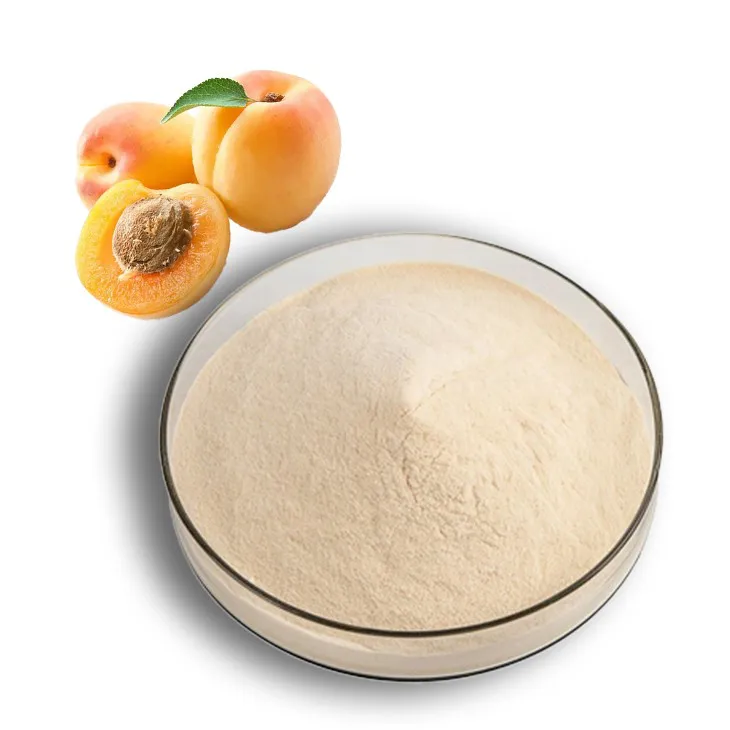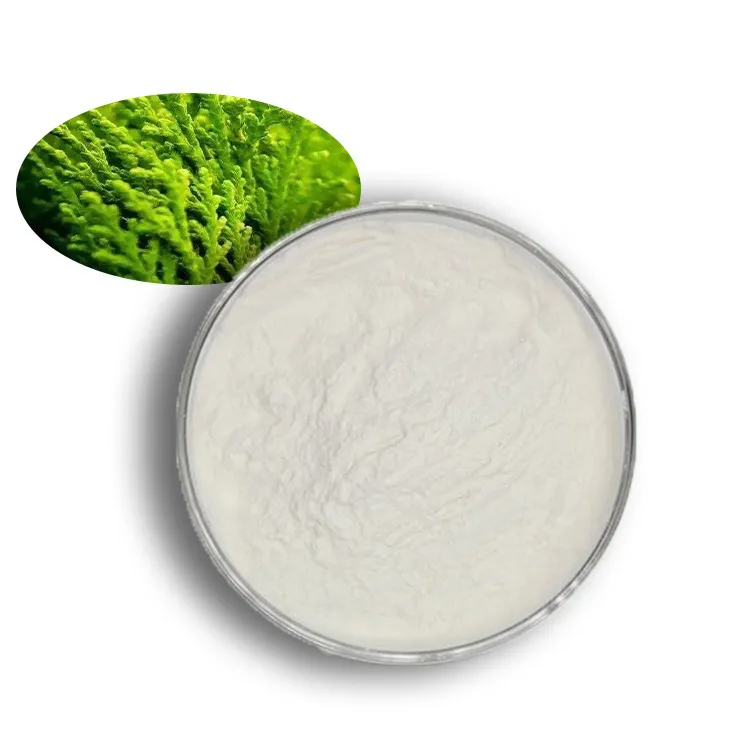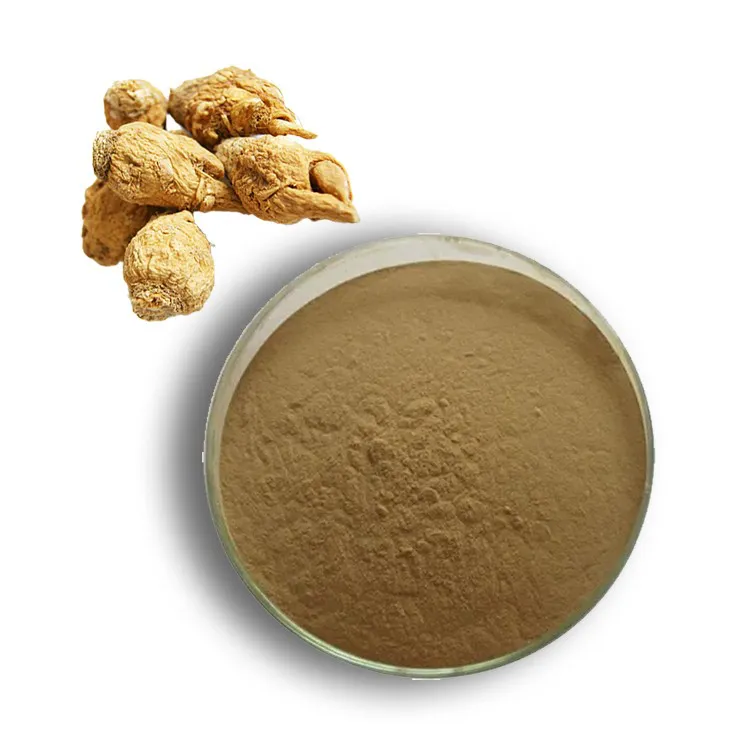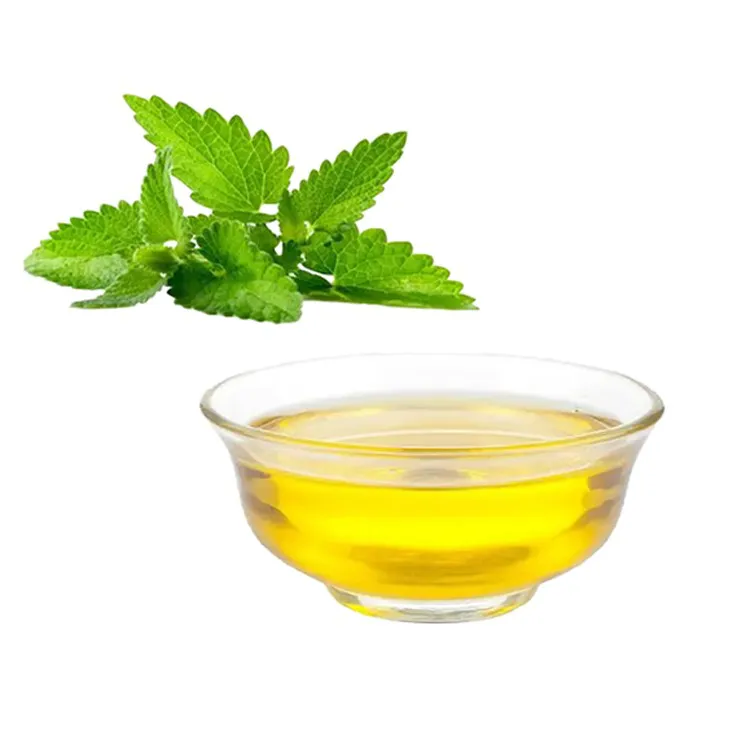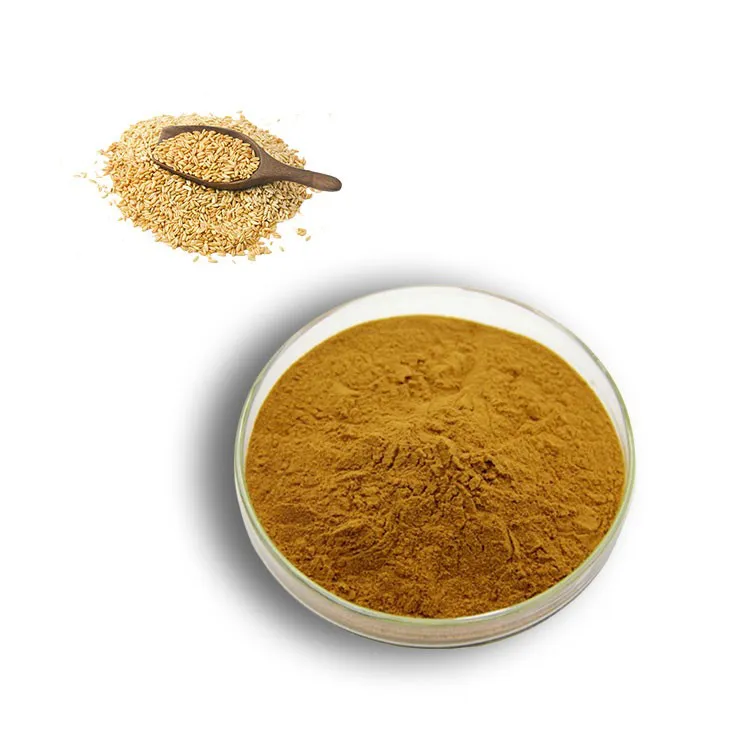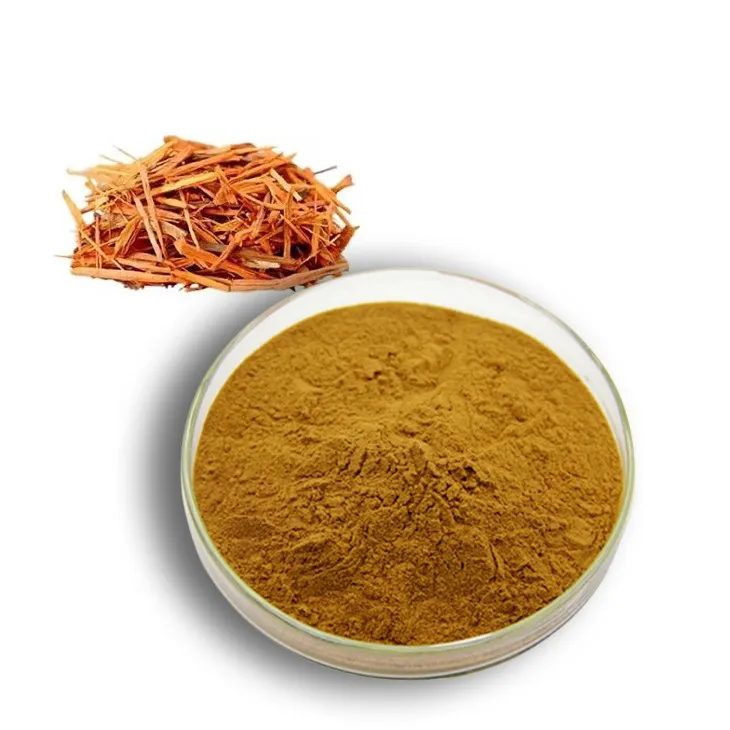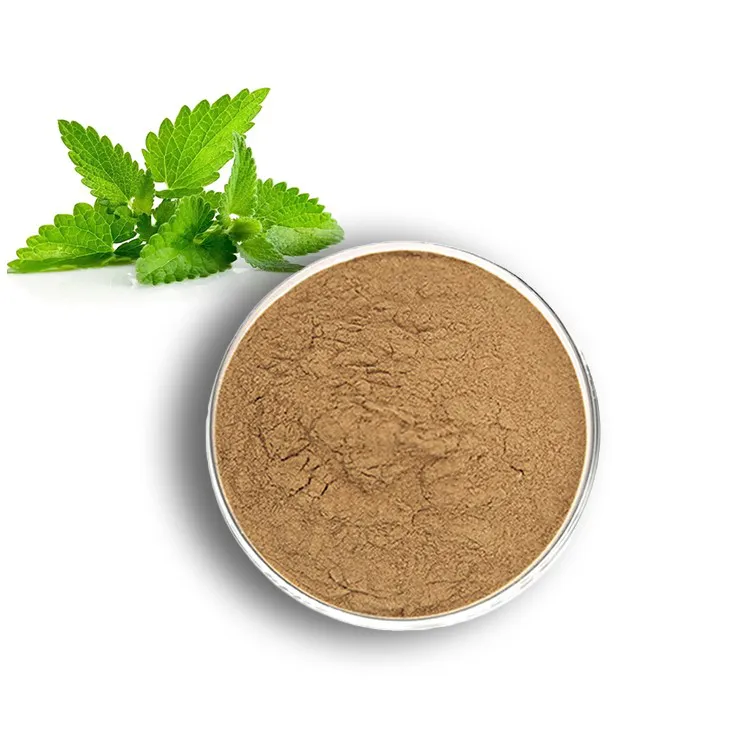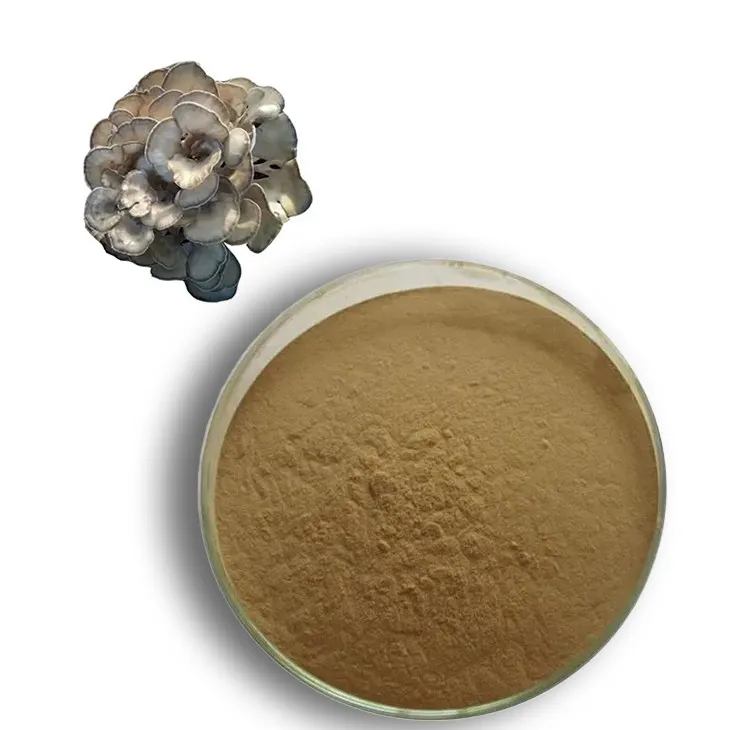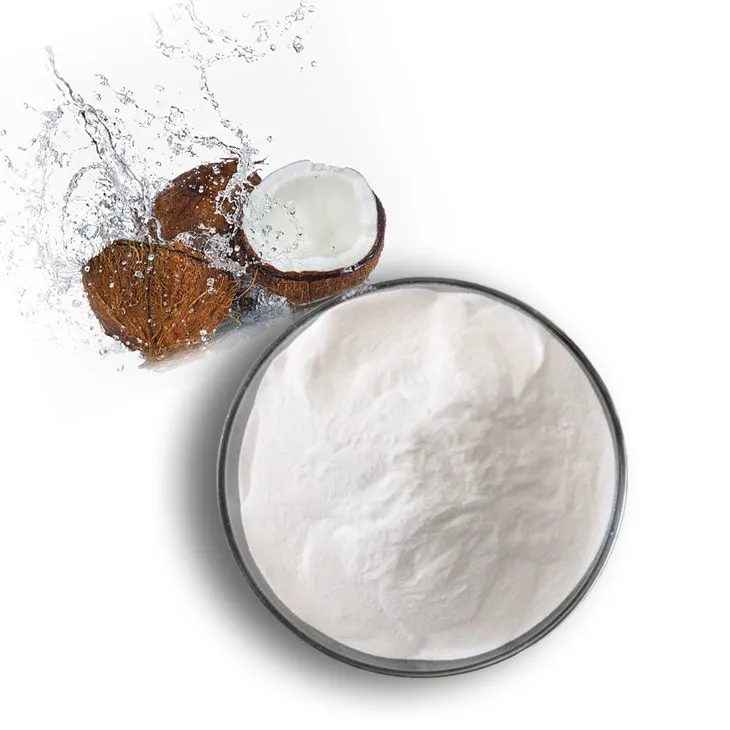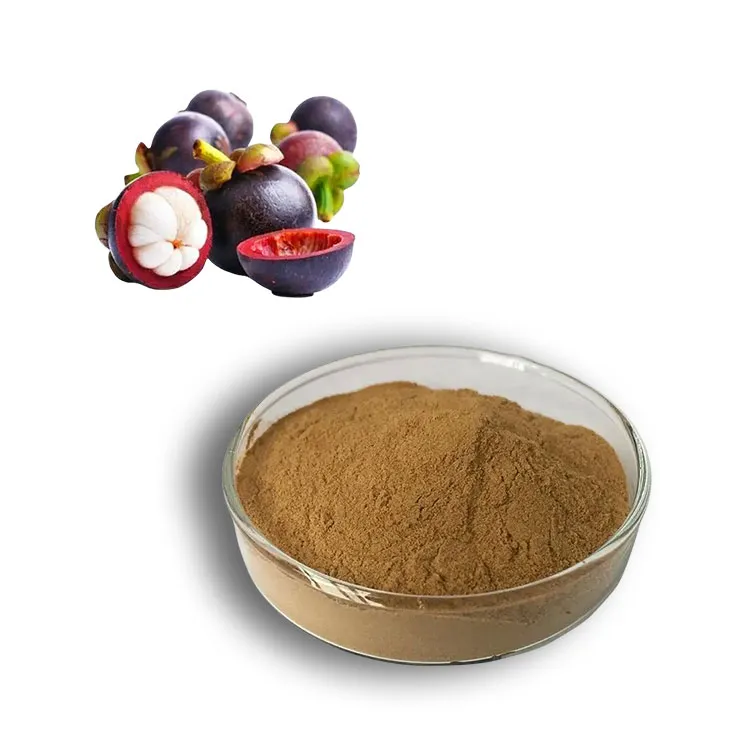- 0086-571-85302990
- sales@greenskybio.com
Two Bases for the Quality of Grape Leaf Extract: Potency and Purity
2024-12-10
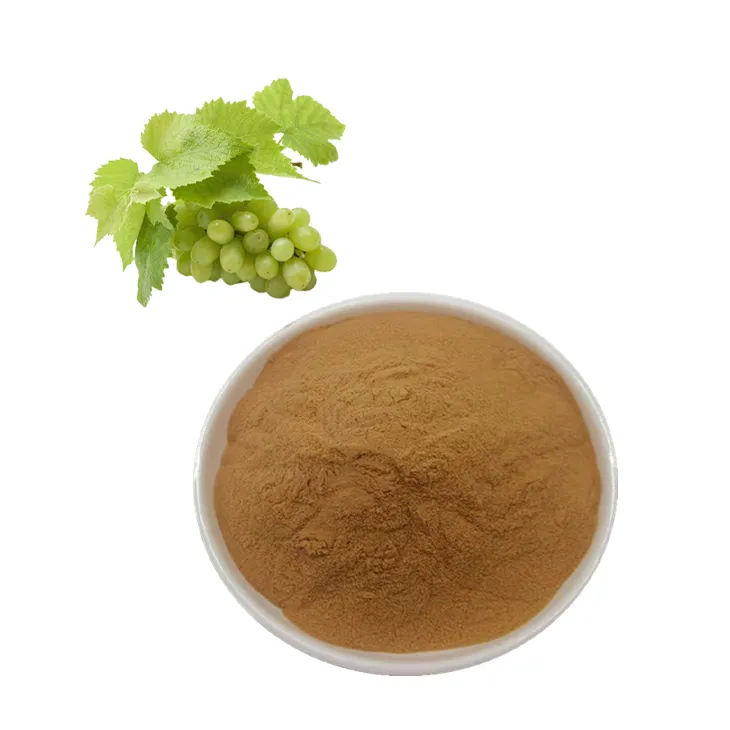
1. Introduction
Grape Leaf Extract has been gaining increasing attention in various fields, including the food, pharmaceutical, and cosmetic industries. The quality of this extract is of utmost importance, and it rests on two fundamental aspects: potency and purity.
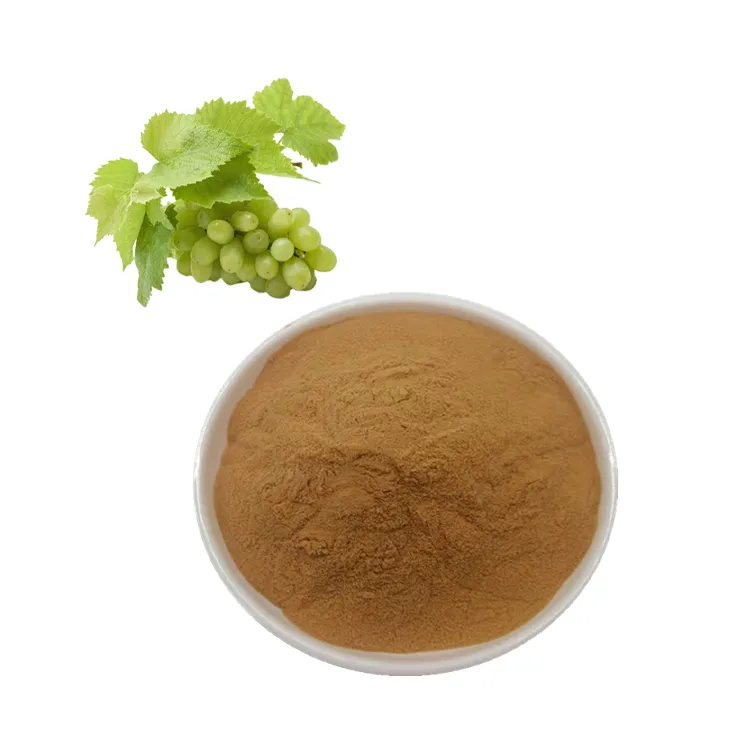
2. Potency of Grape Leaf Extract
2.1. Definition and Significance
Potency refers to the strength or effectiveness of the Grape Leaf Extract in terms of its biological activities. It is a crucial factor that determines how well the extract can perform in promoting health and providing other beneficial effects. A highly potent grape leaf extract contains a rich and diverse profile of bioactive compounds.
2.2. Bioactive Compounds and Their Functions
- Antioxidants: Grape leaves are a source of antioxidants such as flavonoids and phenolic acids. These compounds play a vital role in neutralizing free radicals in the body. Free radicals are highly reactive molecules that can cause damage to cells, DNA, and proteins. By scavenging these free radicals, antioxidants in grape leaf extract can help prevent oxidative stress - related diseases, including heart disease, cancer, and neurodegenerative disorders.
- Anti - inflammatory Agents: Some of the bioactive compounds in grape leaf extract possess anti - inflammatory properties. Chronic inflammation is associated with numerous health problems, such as arthritis, diabetes, and obesity. The anti - inflammatory action of the extract can help reduce inflammation in the body, thereby potentially alleviating these conditions.
- Other Health - promoting Properties: Grape leaf extract may also have other beneficial effects. For example, it could potentially improve cardiovascular health by reducing blood pressure and cholesterol levels. Additionally, it may have antimicrobial properties that can help fight against harmful bacteria and fungi.
2.3. Factors Affecting Potency
- Genetic Varieties of Grapes: Different grape varieties may have varying levels of bioactive compounds in their leaves. For instance, some varieties may be rich in flavonoids, while others may have higher concentrations of phenolic acids. Therefore, the choice of grape variety can significantly impact the potency of the resulting extract.
- Growing Conditions: Environmental factors such as soil quality, sunlight exposure, and water availability also play a role in determining the potency of grape leaf extract. Grapes grown in nutrient - rich soil and optimal climatic conditions are likely to produce leaves with higher levels of bioactive compounds.
- Extraction Methods: The method used to extract the bioactive compounds from grape leaves can greatly affect the potency of the extract. Different extraction techniques, such as solvent extraction, supercritical fluid extraction, or microwave - assisted extraction, may yield extracts with different compositions and potencies. For example, some extraction methods may be more efficient at extracting certain bioactive compounds while leaving others behind.
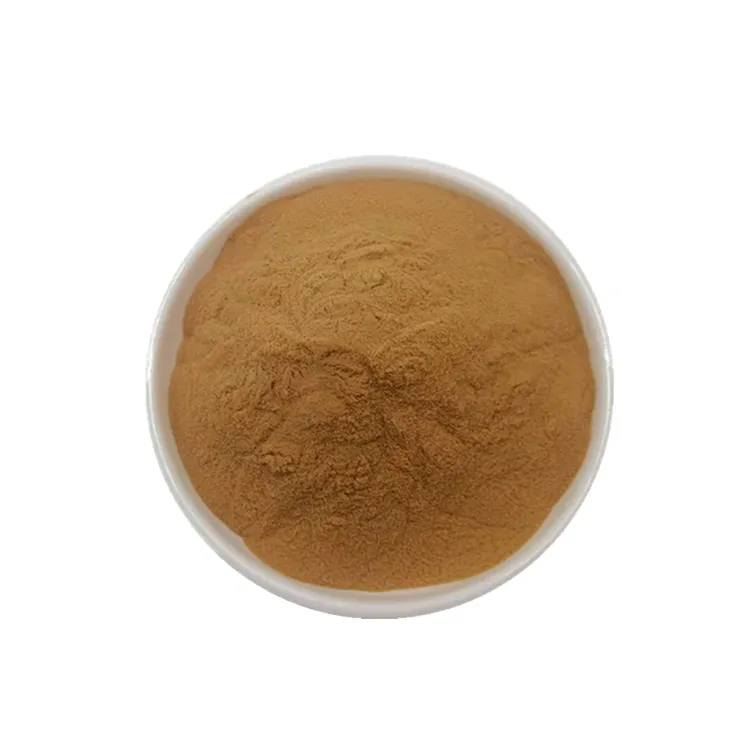
3. Purity of Grape Leaf Extract
3.1. Definition and Importance
Purity in the context of grape leaf extract means that the extract has been processed in such a way that it is free from unwanted substances. This is of great significance for both consumers and industries. For consumers, a pure grape leaf extract provides assurance that they are using a high - quality product without any potential contaminants or harmful substances. In industries, purity is essential for standardizing the product, ensuring consistent results in different applications such as in the formulation of dietary supplements or cosmetics.
3.2. Unwanted Substances in Grape Leaf Extract
- Pesticide Residues: Grapes are often sprayed with pesticides during cultivation to protect against pests and diseases. If not properly removed during the extraction process, these pesticide residues can end up in the grape leaf extract. Pesticide residues can be harmful to human health and may also affect the quality and stability of the extract.
- Heavy Metals: Grape leaves may absorb heavy metals from the soil, such as lead, mercury, and cadmium. High levels of heavy metals in the extract are unacceptable as they can pose serious health risks. Therefore, it is necessary to ensure that the extraction process includes steps to remove or reduce heavy metal content.
- Other Contaminants: There may also be other contaminants in grape leaf extract, such as microbial contaminants (bacteria, fungi, etc.) or foreign matter (e.g., parts of the grapevine other than the leaves). These contaminants can affect the quality, safety, and efficacy of the extract.
3.3. Methods for Ensuring Purity
- Good Agricultural Practices (GAP): Starting from the cultivation of grapes, following GAP can help reduce the presence of unwanted substances. This includes proper use of pesticides, ensuring soil quality, and maintaining a clean and hygienic growing environment. By implementing GAP, the likelihood of pesticide residues and heavy metal contamination in grape leaves can be minimized.
- Quality Control in the Extraction Process: During the extraction process, strict quality control measures should be in place. This involves using high - quality solvents, ensuring proper filtration and purification steps, and regularly testing the extract for contaminants. For example, advanced filtration techniques can be used to remove particulate matter, and chromatographic methods can be employed to detect and remove pesticide residues and heavy metals.
- Certification and Standardization: Obtaining relevant certifications, such as organic certifications or quality standards certifications, can also indicate the purity of the grape leaf extract. These certifications are often based on strict criteria regarding the absence of contaminants and the overall quality of the product. Standardization of the extract in terms of its purity ensures that products from different batches or suppliers are of consistent quality.
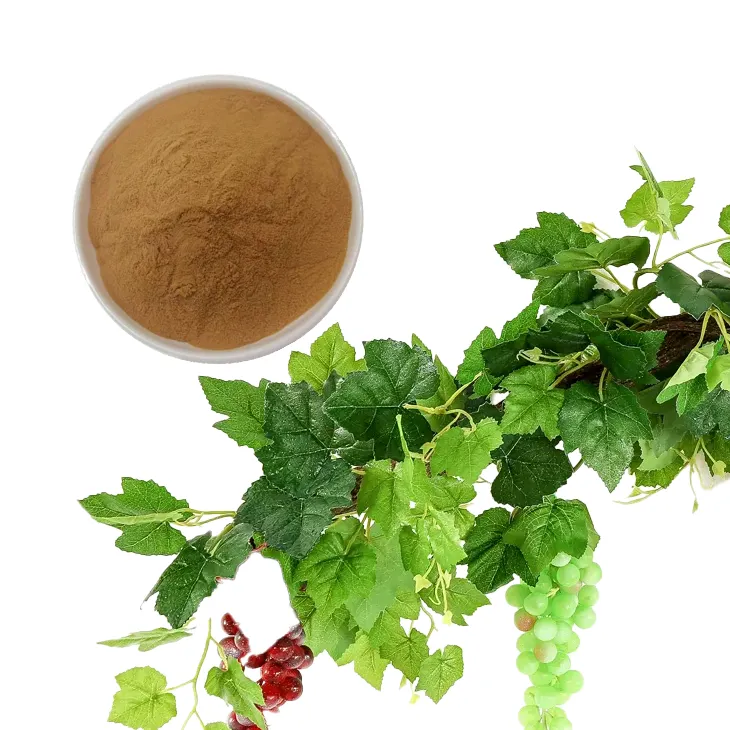
4. Relationship between Potency and Purity
The potency and purity of grape leaf extract are closely related. A pure extract is more likely to maintain its potency over time. Unwanted substances in the extract may interact with the bioactive compounds, potentially reducing their effectiveness or even causing degradation. For example, heavy metals may bind to certain bioactive compounds, making them less available for biological activities. On the other hand, a potent extract is often a result of a pure starting material and a well - controlled extraction process. If the raw material (grape leaves) is of high quality and free from contaminants, and the extraction process is carefully carried out to preserve the bioactive compounds, the resulting extract is more likely to be both potent and pure.
5. Conclusion
In conclusion, the quality of grape leaf extract is based on two key aspects: potency and purity. Potency determines the biological effectiveness of the extract, while purity ensures the safety and consistency of the product. Both aspects are essential for the successful application of grape leaf extract in various industries. To produce a high - quality grape leaf extract, it is necessary to consider factors affecting potency, such as grape variety, growing conditions, and extraction methods, as well as to take measures to ensure purity, including following good agricultural practices, implementing quality control in the extraction process, and obtaining relevant certifications. By focusing on both potency and purity, the potential of grape leaf extract in promoting health and other beneficial applications can be fully realized.
FAQ:
What is the significance of potency in grape leaf extract?
Potency in grape leaf extract is highly significant as it determines the effectiveness of the extract in its biological activities. A potent extract contains a rich composition of bioactive compounds. These bioactive substances are responsible for antioxidant, anti - inflammatory, and other health - promoting functions.
Why is purity crucial for grape leaf extract?
Purity is crucial for grape leaf extract because it ensures that the extract has been processed meticulously to remove any unwanted substances. This gives confidence to both consumers and industries that they are using a high - quality product. Moreover, it helps in standardizing the product, which leads to consistent results in various applications.
How can one measure the potency of grape leaf extract?
Measuring the potency of grape leaf extract can be complex. It often involves analyzing the concentration and activity levels of its bioactive compounds. Laboratory techniques such as chromatography can be used to identify and quantify these compounds. Additionally, in - vitro and in - vivo assays may be conducted to determine the antioxidant, anti - inflammatory, or other biological activities of the extract, which in turn can give an indication of its potency.
What methods are used to ensure the purity of grape leaf extract?
To ensure the purity of grape leaf extract, several methods are employed. Firstly, proper sourcing and selection of high - quality grape leaves are essential. Then, during the extraction process, advanced purification techniques like filtration, centrifugation, and purification columns can be used to remove impurities. Quality control checks at various stages of production also help in maintaining purity.
How do potency and purity interact to determine the overall quality of grape leaf extract?
Potency and purity interact closely to determine the overall quality of grape leaf extract. A high - potency extract with a rich profile of bioactive compounds is only beneficial if it is pure. Impurities can interfere with the biological activities of the potent compounds. On the other hand, a pure extract without sufficient potency may not be effective in providing the desired health - promoting or other functions. Thus, both potency and purity are necessary for a high - quality grape leaf extract.
Related literature
- The Bioactive Compounds in Grape Leaves: A Comprehensive Review"
- "Analysis of Purity and Potency in Botanical Extracts: The Case of Grape Leaf Extract"
- "Standardization of Grape Leaf Extract: Considering Potency and Purity"
- ▶ Hesperidin
- ▶ citrus bioflavonoids
- ▶ plant extract
- ▶ lycopene
- ▶ Diosmin
- ▶ Grape seed extract
- ▶ Sea buckthorn Juice Powder
- ▶ Beetroot powder
- ▶ Hops Extract
- ▶ Artichoke Extract
- ▶ Reishi mushroom extract
- ▶ Astaxanthin
- ▶ Green Tea Extract
- ▶ Curcumin Extract
- ▶ Horse Chestnut Extract
- ▶ Other Problems
- ▶ Boswellia Serrata Extract
- ▶ Resveratrol Extract
- ▶ Marigold Extract
- ▶ Grape Leaf Extract
- ▶ blog3
- ▶ Aminolevulinic acid
- ▶ Cranberry Extract
- ▶ Red Yeast Rice
- ▶ Red Wine Extract
-
Apricot Powder
2024-12-10
-
Carrageenan Extract Powder
2024-12-10
-
Maca Extract
2024-12-10
-
Peppermint Oil
2024-12-10
-
Oat Straw Extract Powder
2024-12-10
-
Yellow Pine Extract
2024-12-10
-
Lemon Balm Extract
2024-12-10
-
Maitake Mushroom Extract
2024-12-10
-
Coconut Water Powder
2024-12-10
-
Mangosteen extract powder
2024-12-10











